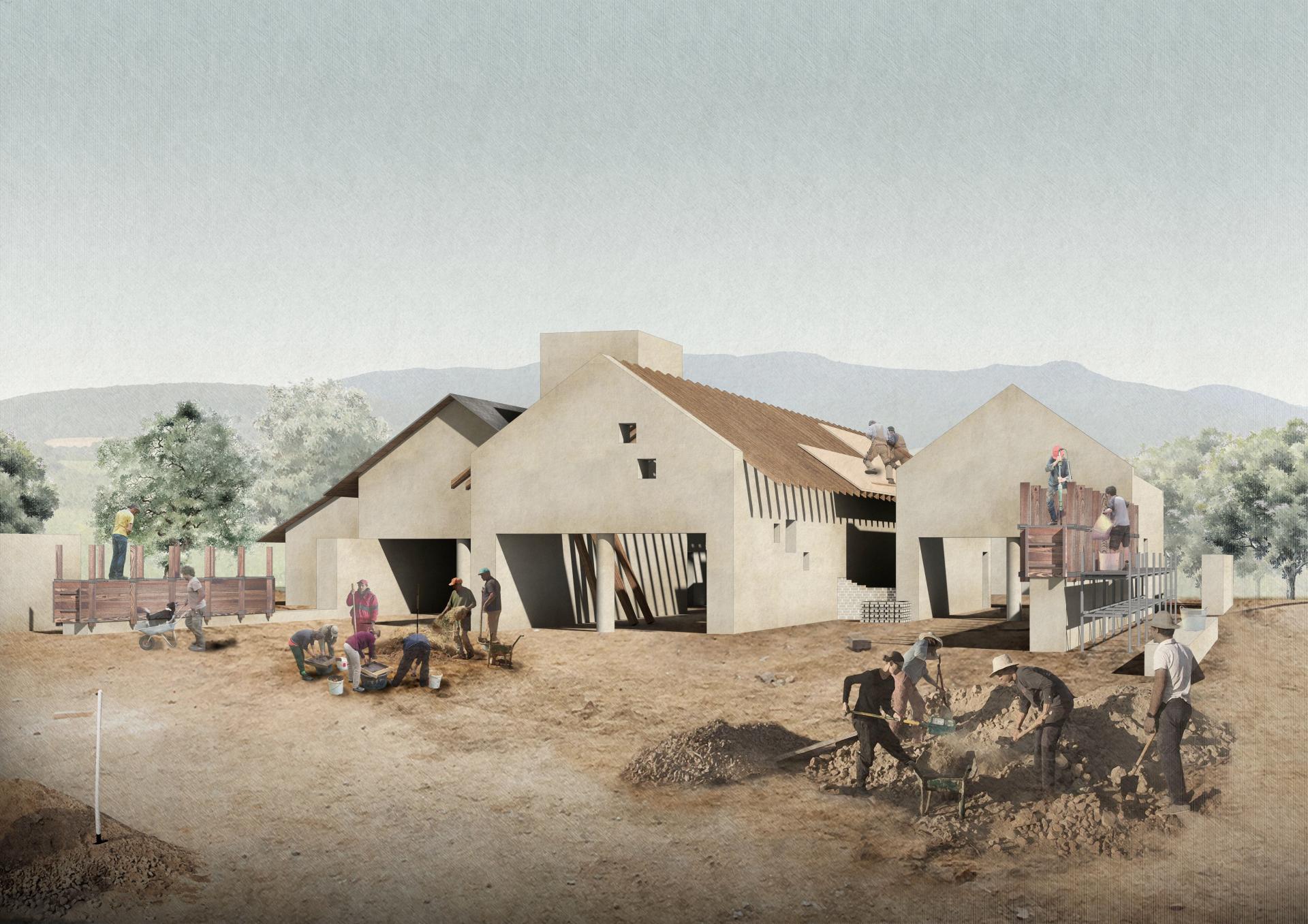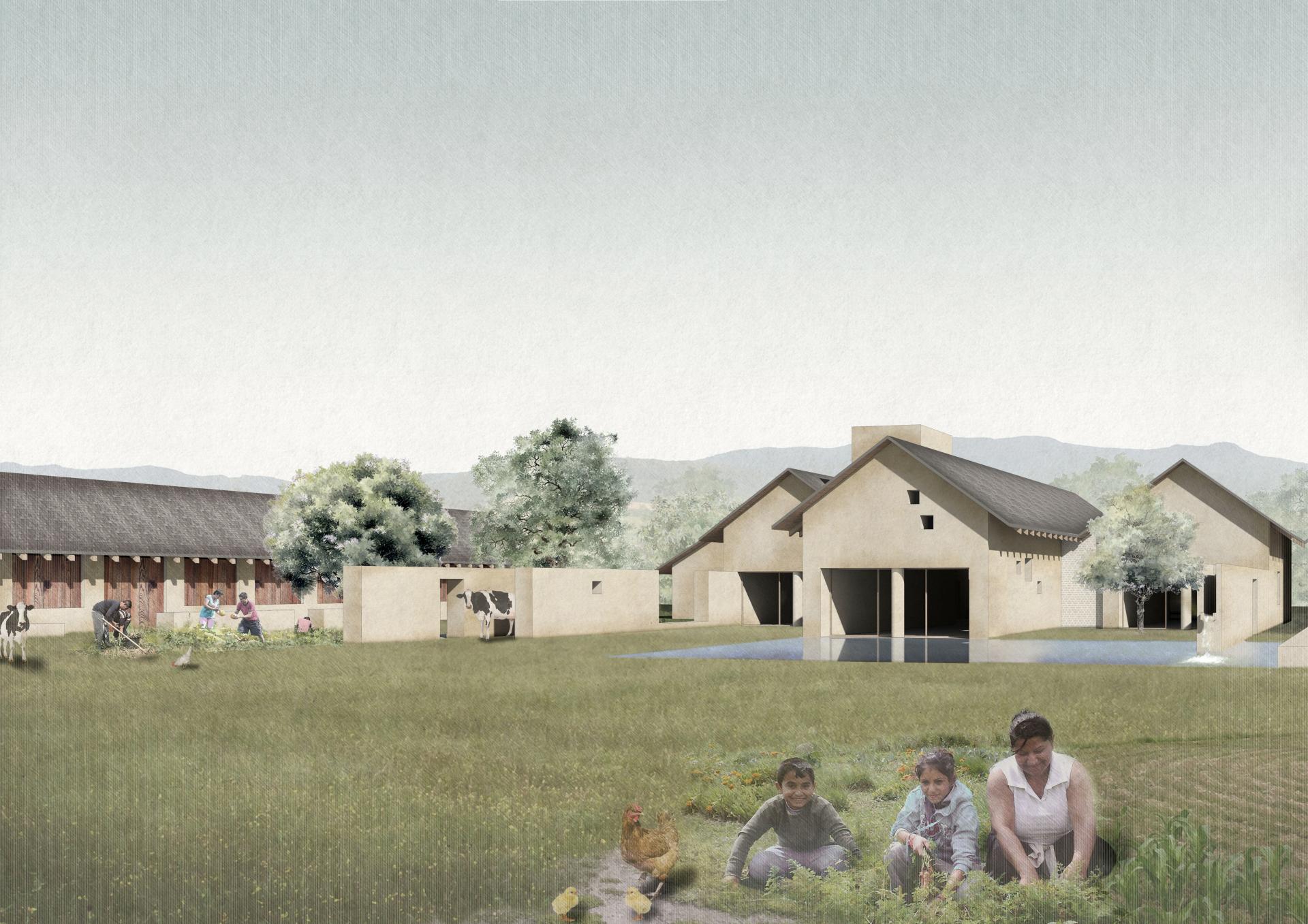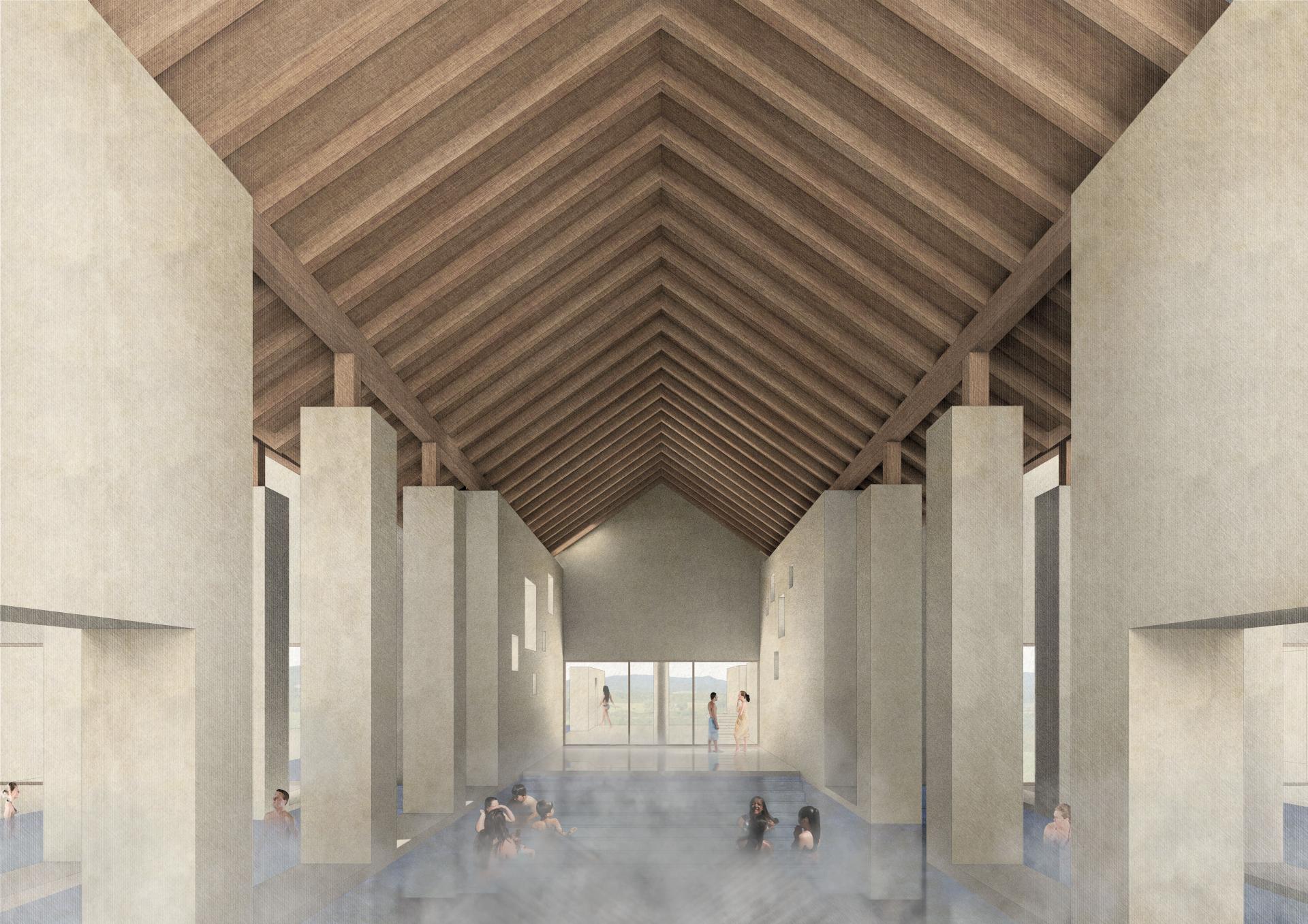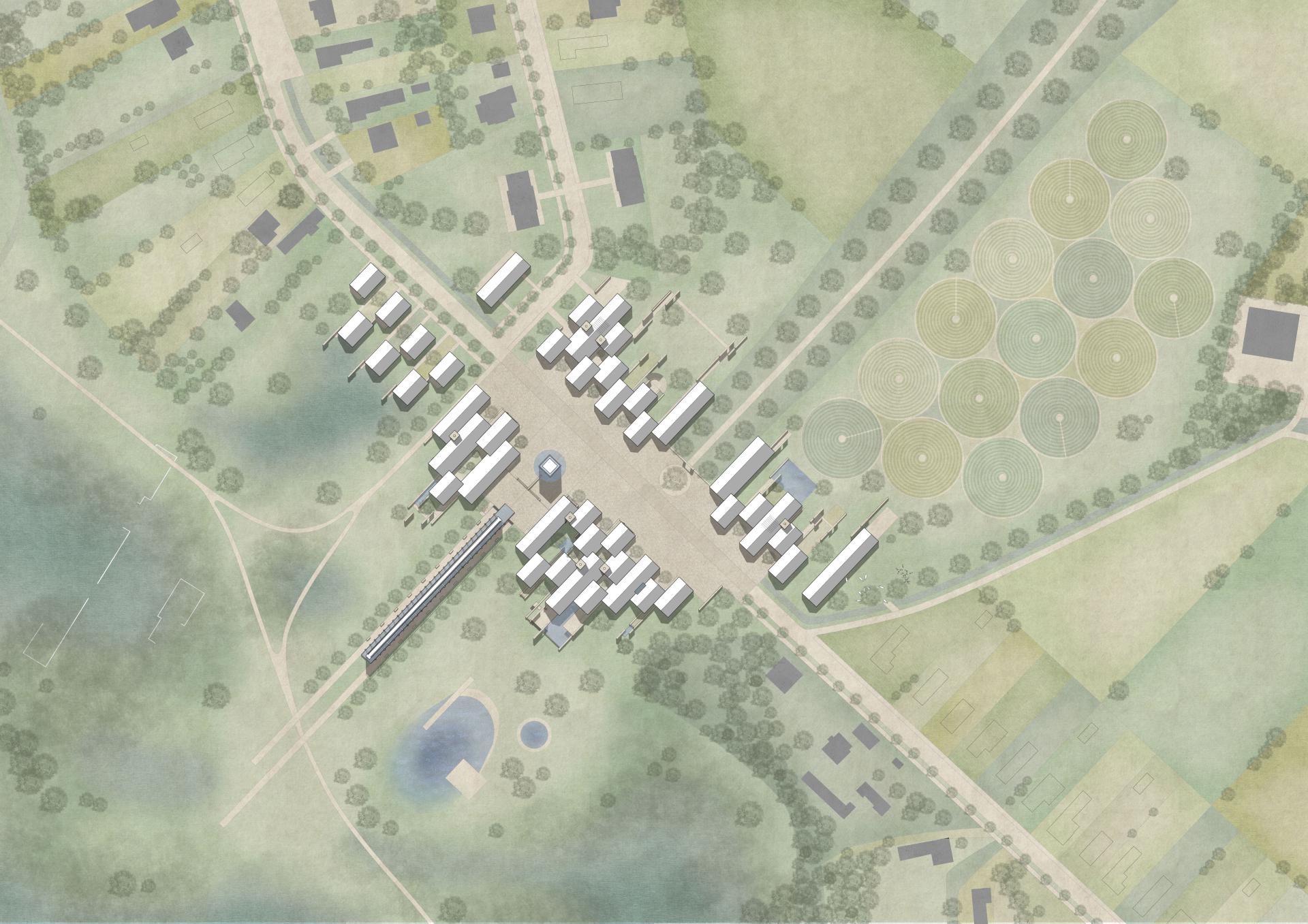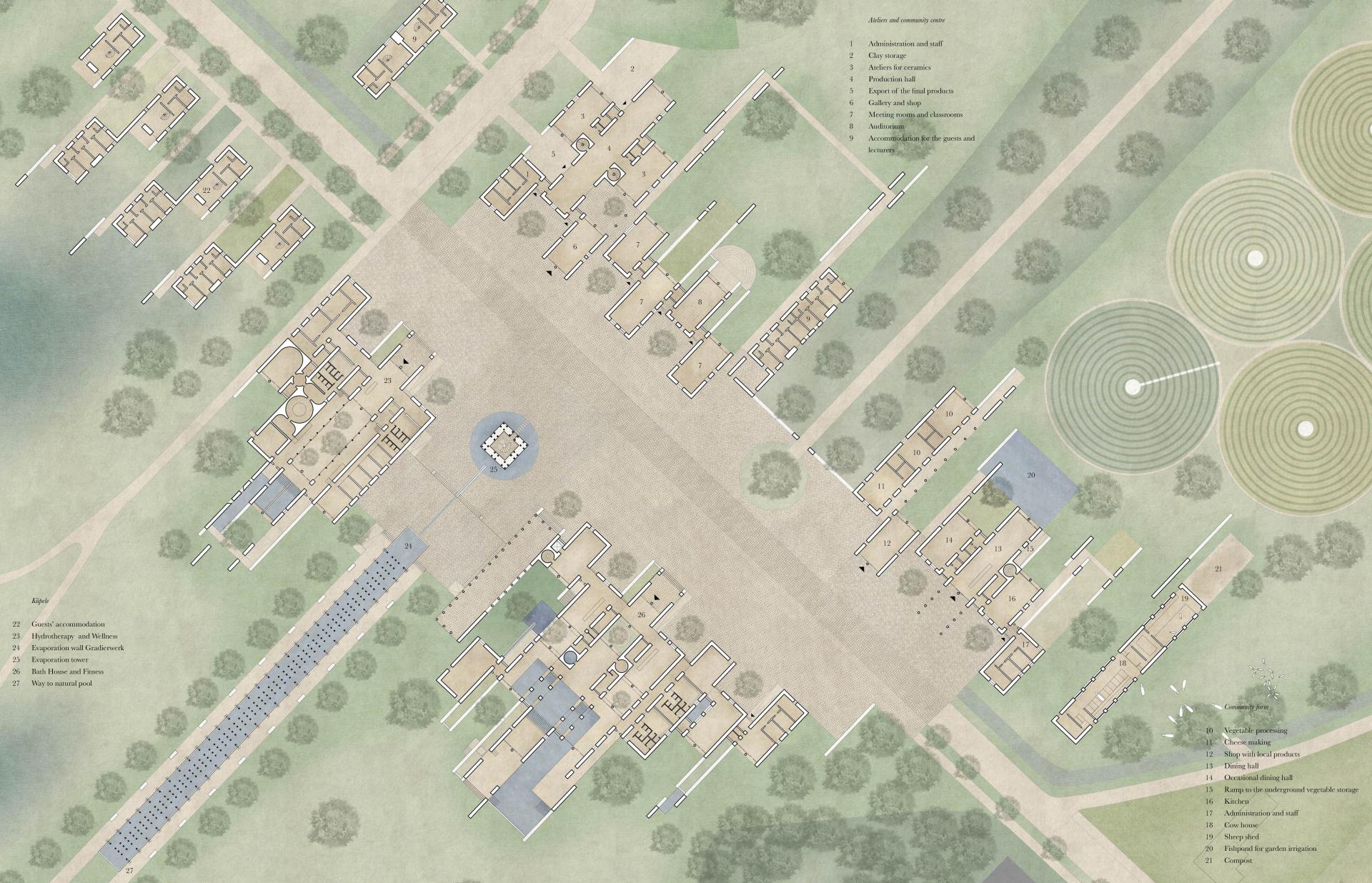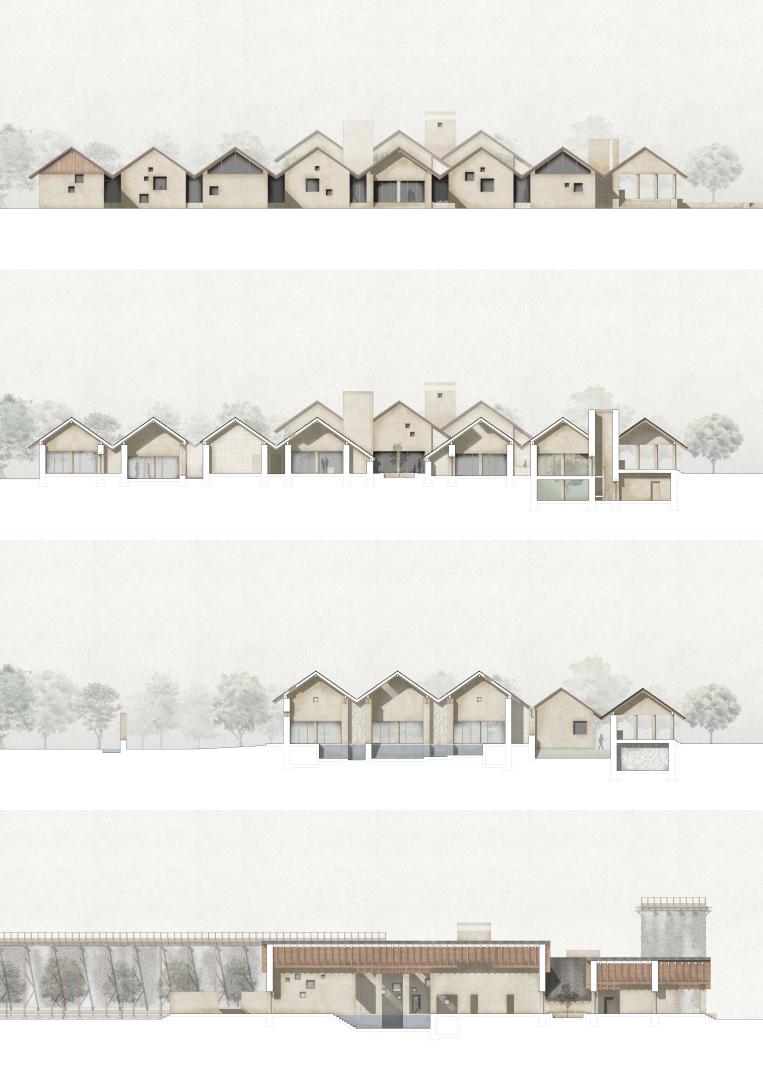Rural Ranaissance
Basic information
Project Title
Full project title
Category
Project Description
Rural Renaissance proposes an alternative strategy for resilient development, which calls for a revival of moral values, cooperation, tolerance, solidarity and restoration of environment. Rural Renaissance argues against clichés associated with the countryside, i.e. that it is old-fashioned, powerless and backward-looking and reintroduces it as a place full of potential and new opportunities, where people are able to exercise the right to maintain their locality in a democratic fashion.
Geographical Scope
Project Region
Urban or rural issues
Physical or other transformations
EU Programme or fund
Which funds
Description of the project
Summary
Alike in other European countries, Slovak rural regions suffer from high unemployment rate, emigration of educated and skilled generation, lack of entrepreneurial activities, and depopulation of the villages on behalf of rapid urbanisation and suburbanisation. Regional inequities and long-term unemployment in Slovakia are among the highest in the OECD and 20.5% of the population at risk of poverty. Moreover, the poorest regions are home to a Roma minority, which has still not been fully integrated into the society and is often living in inappropriate conditions.
To rebalance this situation, the research-design project, the so-called Rural Renaissance, proposes an alternative strategy for resilient development, which calls for a revival of moral values, cooperation, tolerance, solidarity and restoration of natural environment. Rural Renaissance argues against clichés associated with the countryside, i.e. that it is old-fashioned, powerless and backward-looking and reintroduces it as a place full of potential and new opportunities, where people are able to exercise the right to maintain their locality in a resilient and democratic fashion.
Rural Renaissance gathers the lessons from the past that rural communities have taught us in order to plan a more sustainable future. The aim is to recover and give value to knowledge, which has been built up over many centuries, and which has been dying away for the sake of a profit-driven development.
The project is manifested on an example of one particular village- Sol. However, it could be adopted by municipalities and local communities in a variety of locations and inform local vision in accord with local potential.
The project Rural Renaissance was developed as part of the author’s study at the University of Cambridge and consists of a comprehensive Thesis and a design proposal.
Key objectives for sustainability
The principles of sustainability are manifested in four proposed projects, run as the collective facilities of the local community: an ecological farm, a bath resort (kupele), a community centre, and workshop spaces with ateliers. Complex development is planned to grow incrementally, together with improvements in the economic and social situation of the municipality. Phases of development:
1. Phase: Education and work
In order to restart the development, the municipality establishes a social enterprise to provide unemployed with jobs. The enterprise will start the business with conducting simple construction works, using the local materials such as wood and clay. Later, the enterprise will erect a new community centre with workshops and production spaces for earth-compressed blocks, clay plaster and ceramics.
2. Phase: Ecological agriculture
The village firm extends the scope of its portfolio by the products from a new ecological farm. Unsustainable agricultural production represented by the existent large-scale farm will be gradually replaced by multiple small –to medium-scale agro-ecosystems, supplying the local products. Waste building materials from the dismantled farm will be used for broad infrastructure works in the region.
3. Phase: Environment
The last project – the small medicinal bath will utilise precious local salt water for the therapeutic purposes. The deteriorated site of a former large-scale farm will be transformed into a Wetland Park, which will catalyse the region-wide ecological infrastructure planned to provide multiple ecosystem services, including storm-water management, water cleansing, and recovery of native habitats.
Key objectives for aesthetics and quality
Architecture of all new proposals embraces knowledge of Slovak vernacular construction and translates it into contemporary building norms and aesthetics. Locally sourced earth is used as the main building material. The load-bearing rammed-earth walls are supplemented by a secondary layer of walls from the compressed earth blocks. The buildings are covered with an expressive wooden roof, which unifies different functions below. Apart from its positive ecological and health-promoting qualities, earth is material extremely suitable for the regions lagging behind, as it can be implemented almost anywhere, fully independent of lobbies, share prices and industrial price controls.
Linearity expressed in the layout refers to the urban principles of the Slovak settlements, which were predetermined by the former subdivision of land. Within this new proposed layout, the individual ‘houses’ are merged together to demonstrate the common values and cooperative ownership. The new community buildings are arranged around a public space, which can be used for informal meetings, cultural events, or local markets. Open public spaces and a street become again places of social gatherings, with the regulated traffic and surrounded by greenery.
Key objectives for inclusion
Slovakia is home to a population of more than 400 000 people with Roma origin, who, after the Hungarians, form the second largest Slovak minority. The Roma community has settled in 1070 out of 2890 municipalities, and while spread across the whole country, inhabits mainly the eastern and south-eastern regions. The better the spatial integration, the better the living standards of the Roma communities. Fourteen segregated settlements are, however, still without access to any infrastructure facilities, and some have only limited, or no access to drinking water, sewage, gas supply and a quality access road. In the village of Sol, Roma stand for almost half of the village population.
Jobs generated in the new proposal will be provided equally to everyone, regardless their age, gender or nationality. The community centre will be developed along with the school, so that it can deliver informal education and meaningful free-time activities for all generations all day. In order to avoid further spatial segregation of the Roma and non-Roma, the community centre will not be positioned in the Roma ghetto as has previously happened in the case of several municipalities. Rather it will become an inevitable part of village life, fostering the interaction of different social groups, who can learn together and share experiences. Like the community centre, all new housing should be located along the plan’s main axis and in the existing residential zone, filling the gaps and fostering reconstruction of empty properties.
Physical or other transformations
Innovative character
Rural Renaissance follows principles, that aim to bring a holistic solutions for sustainable and beautiful countryside. The proposed processes seek to close the cycles between production and consumption, while opening new employment and free-time opportunities in well-designed, sustainable buildings. Agriculture, Economy, Material, Waste, Biodiversity and Health create a close loop, summarised below:
AGRICULTURE
1 Plant-based products are supplied to residents, the local restaurants and a school canteen
2 Plant residues are used to feed livestock
3 Livestock is being bred for milk and eggs
4 Ecologically stabilising areas increase the yields
ECONOMY
5 Construction works, agricultural products and spa services generate the source of income for the village firm
6 Profits of the village firm are invested back to the community
MATERIAL and WASTE
7 Household waste is recycled into different categories so it can be reused for multiple purposes
8 Building materials are reused and some waste is used as a source material in artisan workshops
9 Organic waste is burned in the biogas facility
10 Slurry from the digesting process is used to fertilise the gardens and fields
11 Crop residues and animal manures are used as the feedstock for the biogas facility
12 Energy produced in the biogas facility is added to the municipal grid
13 Local materials are used for the building construction
BIODIVERSITY and HEALTH
14 Natural areas provide ecological stability for the territory
15 Swales, ponds and other measures limit the water runoff
16 Healthy environment generates the setting for the spa
17 Spa improves residents’ health and wellbeing

